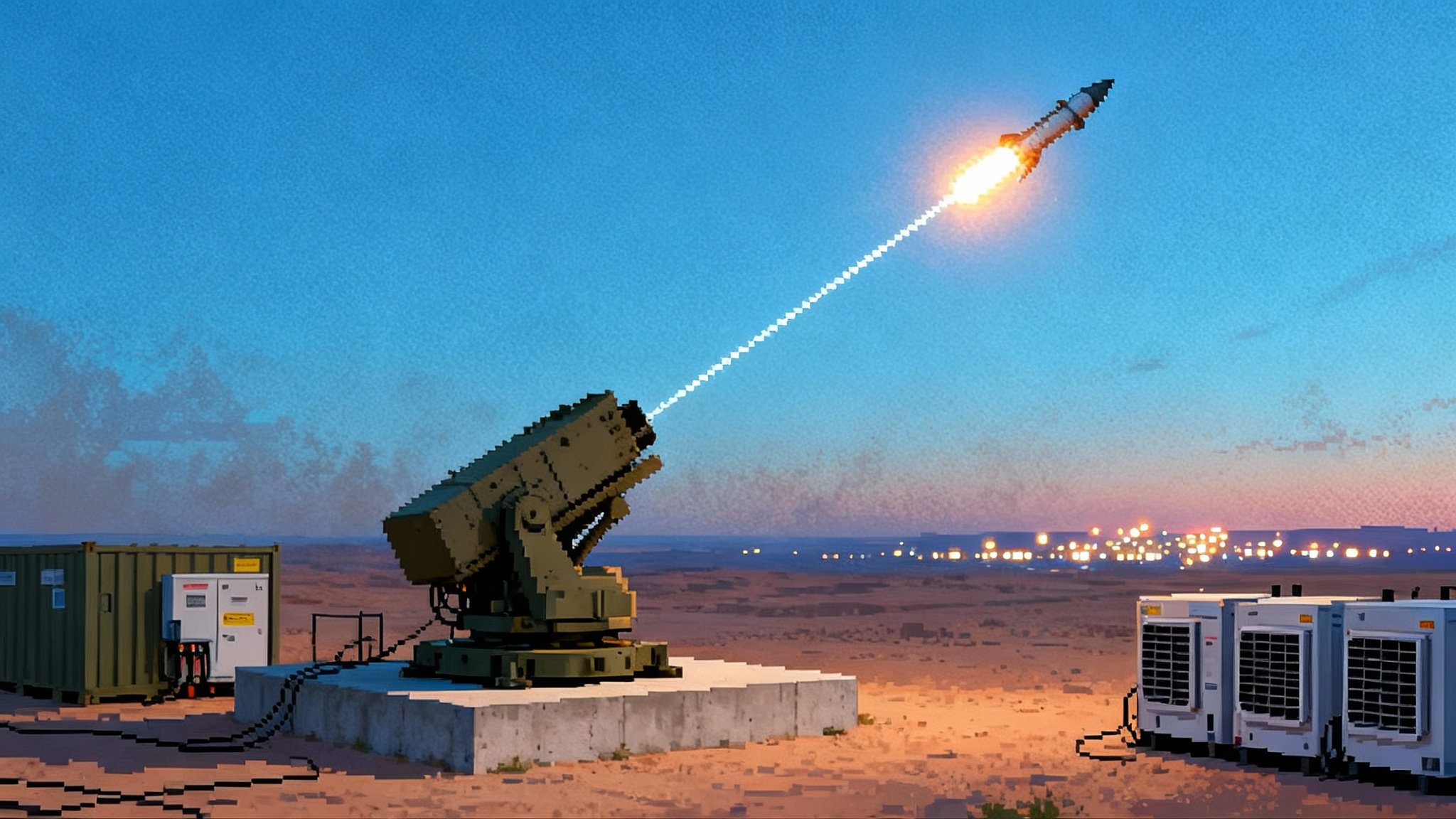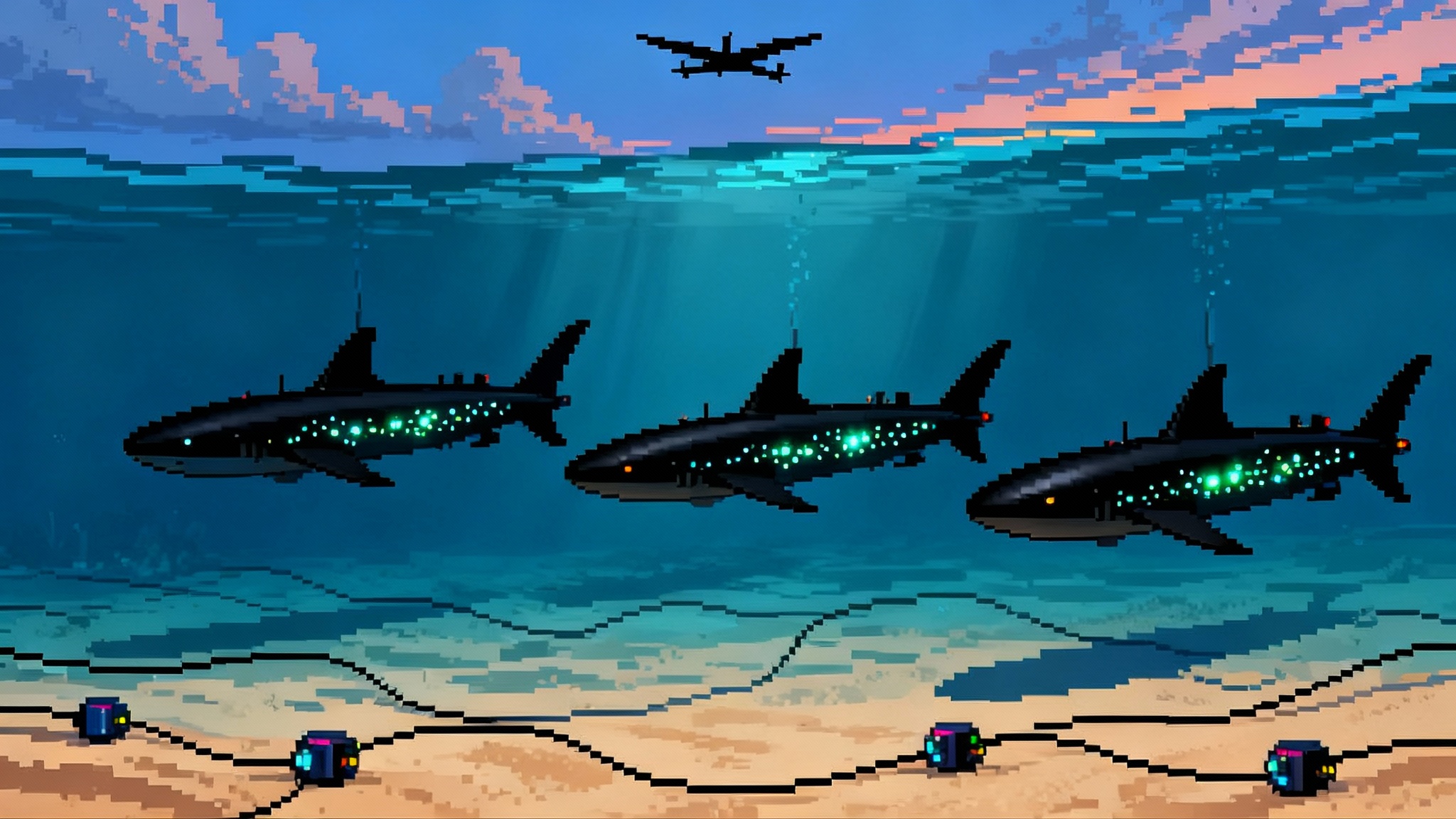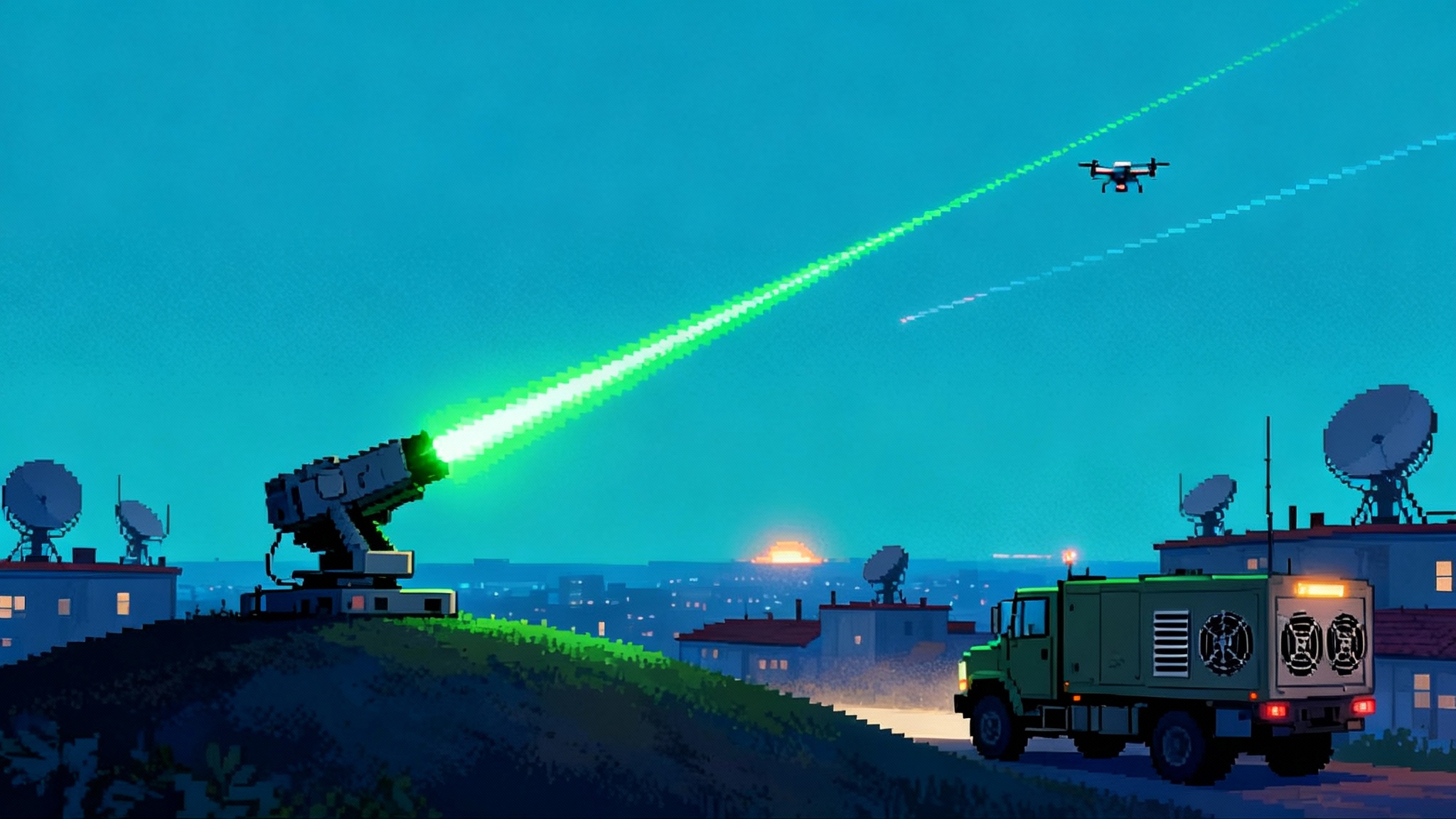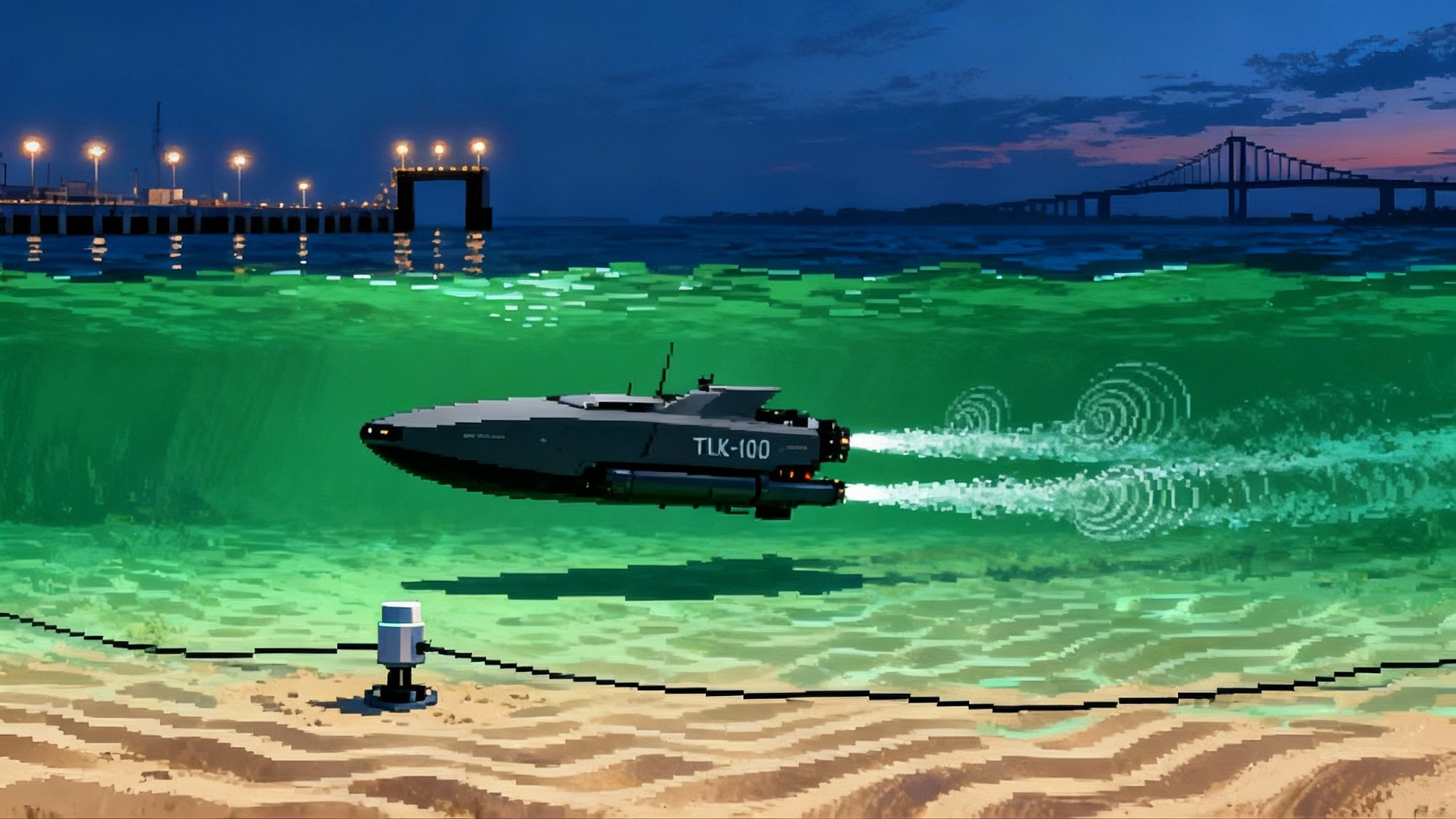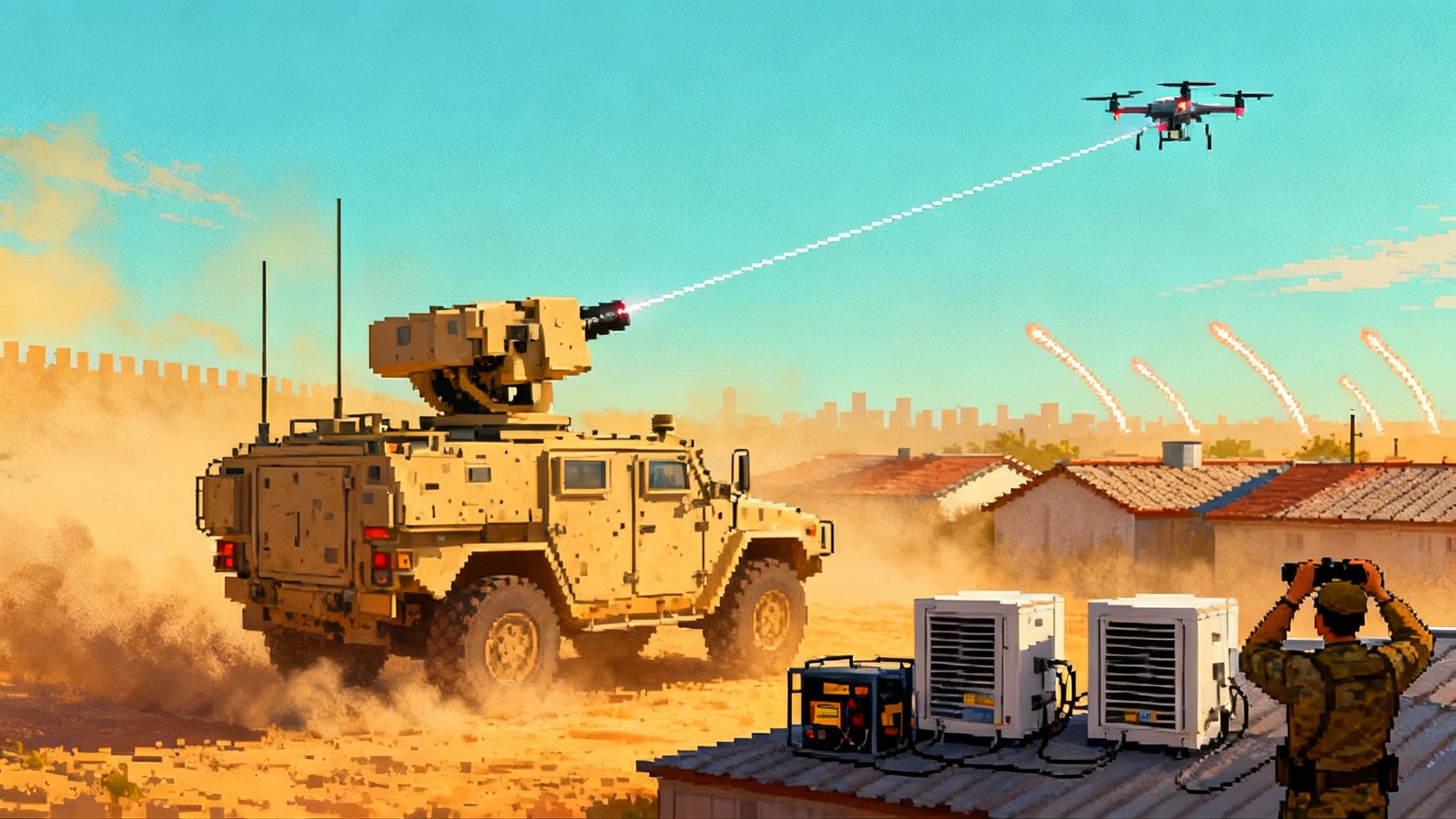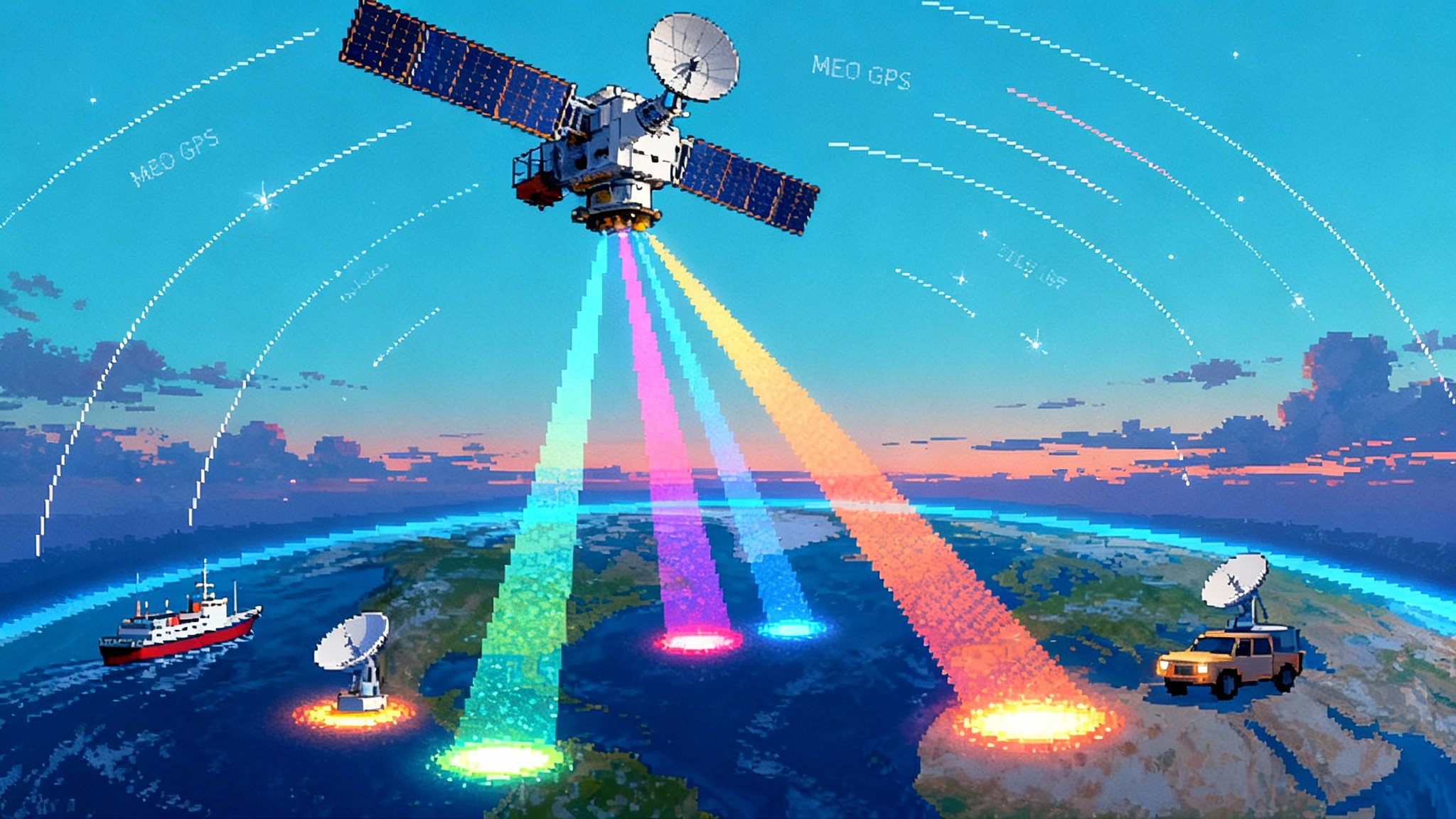Typhon in Japan: How Shore SM-6 and Tomahawk Reset Deterrence
The U.S. Army’s Typhon battery just made a public debut in Japan, putting land-based SM-6 and Tomahawk missiles inside the First Island Chain. This mobile mix compresses PLA decision time, plugs into allied kill-chains, and raises fresh questions about basing, survivability, and escalation.
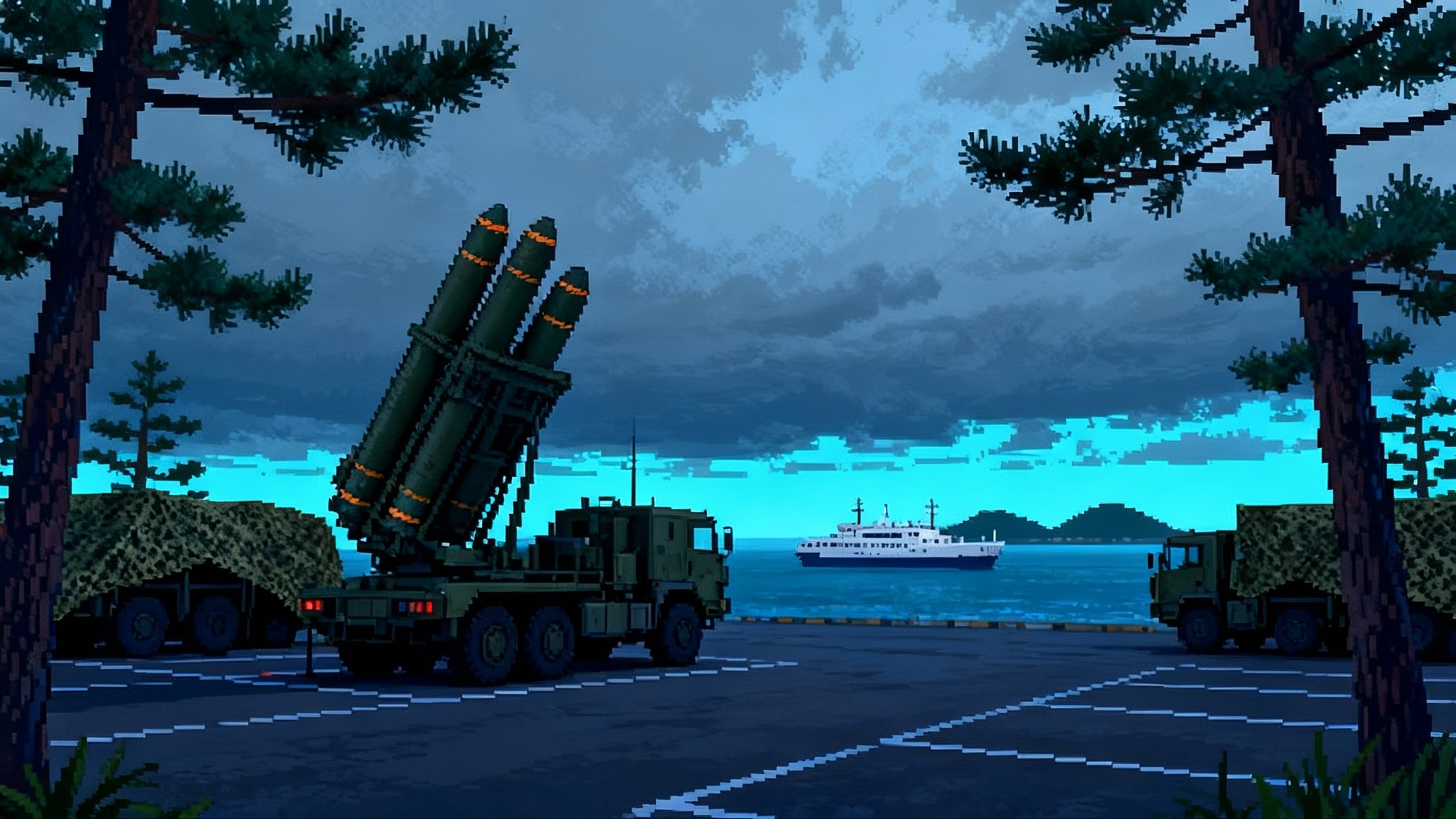
A public debut with private messages
The United States just showed its hand. The U.S. Army rolled its Typhon Mid-Range Capability into western Japan for its first public reveal on Japanese soil during the annual Resolute Dragon 25 exercise. The system can fire both Tomahawk cruise missiles and SM-6 interceptors from a land launcher, and it arrived at Marine Corps Air Station Iwakuni for training and display, not live fire. The message is clear. For the first time, a shore-based U.S. Army battery in Japan can be quickly configured for long-range land attack or high-speed anti-ship shots, and adversaries must assume it can move and reappear almost anywhere along the archipelago. That is why the first public reveal during Resolute Dragon 25 matters.
Key takeaways
- A mobile Typhon battery brings a flexible mix of SM-6 and Tomahawk that complicates adversary planning.
- Land-based launchers create persistent, distributed pressure across the First Island Chain.
- Integration into allied kill-chains compresses detection and decision timelines for the PLA.
- Japanese Tomahawk buys deepen magazines and change the political calculus.
Why a mixed SM-6 and Tomahawk battery matters
Typhon’s impact is not about a single missile. It is about a menu.
- Tomahawk brings theater-range, terrain-following profiles and, in its latest variants, maritime strike options. From coastal roads or airfields in western Japan, that means pressure on airbases, logistics nodes, and naval concentrations that previously required ships or bombers to threaten.
- SM-6, originally built as an air defense interceptor, gives the battery a high-speed, radar-guided option against ships or select land targets inside regional ranges. It complements Tomahawk by creating a two-tier problem for an adversary fleet: long-range harassment that forces dispersion and a shorter-range threat that punishes ships that venture into constrained waters.
Together, the battery shapes the fight in two ways. First, it raises the cost of operating inside choke points such as the Miyako Strait and the Bashi Channel. Second, it offers flexible loadouts: commanders can tailor canisters for a mission mix, then refit as cues and targets change.
Archipelagic fires and the First Island Chain
The First Island Chain is not a line on a map. It is a series of maritime gaps, air corridors, and logistics funnels. Land-based launchers change how those gaps can be closed.
- From southwest Honshu through Kyushu and the Ryukyus, coastal roads and dispersed ports provide dozens of firing hides that can cover the East China Sea’s main approaches.
- Overlapping arcs from Japan, the Philippines, and in time other partners create a lattice of archipelagic fires. A single battery does not seal the straits. It does make every transit more complex, because adversaries cannot be sure where the next launcher will be or what it is loaded with.
- The presence of land-based anti-ship shots matters for amphibious math. If landing forces must assume hidden coastal launchers can target staging ships and connectors, they need more escorts, more air cover, and more decoys, all of which slow the tempo.
The key is persistence. Ships must refuel and rotate. Aircraft sorties pulse and fade. A road-mobile launcher can wait quietly and impose risk at times of its choosing. That pressure pairs with evolving undersea concepts such as Australia’s large autonomous UUVs highlighted in Ghost Shark autonomous UUV fleet.
Compressing PLA decision timelines
Deterrence is partly about time pressure. Typhon in Japan compresses the People’s Liberation Army’s windows to detect, decide, and act.
- Detection gets harder: a battery concealed in civilian ports, tunnels, or wooded coastal zones can discipline its emissions until minutes before a launch. That forces an adversary to burn scarce wide-area ISR assets to find a handful of trucks.
- Decision cycles shrink: the possibility that a launcher with Tomahawks is in range of coastal airbases or missile brigades pressures planners to disperse and harden earlier, elevating alert postures and consuming readiness.
- Action becomes riskier: for naval forces, short-notice SM-6 shots from shore reduce sanctuary near straits and island chains. For land forces, Tomahawk’s low-altitude profiles stress point defenses and compel more layered coverage, which increases logistics strain.
When a mobile launcher can show up on short notice, decision-makers must commit escorts, jammers, and shooters before the battery reveals itself. Typhon steals time by forcing pre-allocation of scarce assets.
Stitching into allied kill-chains
No single launcher wins a maritime fight. Kill-chains do. Typhon’s Battery Operations Center is designed to plug into joint networks so that the shooter does not need to own the sensor.
In practice, that means:
- U.S. and Japanese maritime patrol aircraft can pass tracks derived from radar and electronic support measures into fire control-quality cues.
- Aegis ships, E-2D early warning, and ground-based radars contribute to composite tracks. The shooter can remain dark until a firing window, then transmit briefly to accept a mission and execute.
- Proliferated LEO constellations will matter as the SDA Tranche-1 monthly rollout fills gaps, adds revisit, and speeds track custody across the theater.
This is a shift from platform-centric warfare to a kill web. The battery is one node among many, and its value is greatest when it can be silently cued by others and moved before anyone shoots back.
Basing, mobility, and survivability
Typhon’s temporary stationing at Iwakuni for Resolute Dragon says little about where it could appear later and much about how it will be used.
- Basing: formal peacetime locations are less important than access to roads, tunnels, and austere ports. Western Honshu, northern Kyushu, and parts of Okinawa offer varied terrain and infrastructure. Hokkaido and northern Honshu provide depth for training and deception. Dispersal across multiple prefectures spreads the footprint and reduces local friction.
- Mobility: the launcher is trailer-mounted and sized for air or sea lift. C-17s and chartered roll-on roll-off ferries allow rapid shuttling between training areas and ports. Movement at odd hours, with decoy convoys mixed among civilian traffic, raises the ISR burden on any adversary trying to track the real guns.
- Survivability: the battery’s best protection is uncertainty. Camouflage, concealment, and deception techniques, plus emission control and strict radio discipline, make it hard to fix the battery. Shoot-and-scoot tactics limit dwell time, and pre-surveyed hides shorten set-up. Hardened reload sites and dispersed ammunition storage reduce single points of failure.
Escalation risks and signaling
Beijing and Moscow have already criticized prior Typhon deployments in the region. A land-based launcher in Japan adds political heat because it shortens flight paths to the Chinese mainland and to Russian facilities in the Far East.
Escalation dynamics hinge on three factors:
- Ambiguity: containerized launchers can carry different missiles. In a crisis, an adversary might misread a battery’s actual loadout and overreact. Clear peacetime messaging helps, but in combat the ambiguity is part of deterrence.
- Geography: placing mobile launchers near congested coastal cities or dual-use ports complicates the adversary’s targeteering and raises collateral risk if they choose to strike. That may restrain attacks, but it can also channel attacks toward less populated infrastructure where the battery might hide.
- Signaling: introducing land-based missiles after the end of the INF Treaty era revives familiar debates. The United States and Japan must communicate that Typhon is a conventional capability tied to defensive objectives, while not stripping away the uncertainty that underwrites deterrence.
Tokyo’s 400 Tomahawks magnify the effect
Japan is not just hosting a U.S. battery. It is building its own long-range strike magazine. Tokyo signed a Letter of Offer and Acceptance for 400 Tomahawk missiles and related gear, with deliveries scheduled across its 2025 to 2027 fiscal years. That accelerated buy effectively doubles the number of allied launch cells able to reach deep into an adversary’s rear if Japanese destroyers and submarines are in position. It also means Japan can train, plan, and practice its own strike packages rather than depend entirely on U.S. shooters. The Ministry of Defense described the move as central to building stand-off defense capability and confirmed the schedule shift and quantity in an official release, noting the LOA was signed in January 2024 in Tokyo. Those details appear in the ministry’s statement on progress of stand-off defense projects.
The effect is multiplicative:
- Magazine depth: U.S. and Japanese inventories together support larger salvos and sustained pressure, which is vital against modern layered defenses.
- Training realism: Japanese crews qualify on the weapon, develop tactics suited to local waters, and rehearse joint targeting with U.S. units.
- Political signaling: a domestic stockpile under Japanese command changes the deterrence picture. It shows Tokyo can act, not only host.
The countermove: decoys, counter-ISR, and EW
Both sides will answer Typhon with a wave of deception, sensing, and jamming. Expect a race between concealment and detection, between clean tracks and confusion.
What the United States and Japan are likely to do:
- Decoys at scale: inflatable or wooden launcher replicas, heat generators, and false cable runs that mimic power and data lines.
- Counter-ISR hygiene: disciplined emissions, fibered or line-of-sight backhaul when possible, short burst transmissions, and strict spectrum management.
- Electromagnetic warfare: jammers and decoy emitters that create phantom batteries, along with electronic attack aimed at downlink paths from adversary ISR satellites and drones.
- PNT resilience: layered navigation sources, from inertial to regional augmentation, to ride out GPS jamming. This links to space upgrades described in NTS-3 reprogrammable PNT.
- Rapid mobility cycles: preplanned shoots with timelines measured in minutes, multiple exfil routes, and reloads performed under overhead camouflage at dispersed sites.
What China will likely emphasize in response:
- Space and airborne ISR saturation: wider use of radar satellites to pierce cloud cover, combined with electronic intelligence aircraft and high-altitude drones to hunt for emitters and vehicle patterns.
- Counter-fire complexes: conventional ballistic and cruise missiles aimed at likely hides, fuel points, and reload depots, plus loitering munitions and swarms of small UAVs to attrit support vehicles.
- Electronic attack and cyber: jamming datalinks that feed target-quality tracks to the battery, probing logistics and maintenance networks for access, and seeding malware to slow reloads and movement orders.
- Maritime disruption: targeting ferries, barges, and small ports that a mobile battery might use to island-hop, coupled with pressure on maritime traffic patterns that could mask launcher movement.
Neither side will have a silver bullet. The contest favors the team that masks its signatures better and that can flood the battlespace with believable decoys and partial truths.
What to watch next
- Presence patterns: does the United States keep batteries cycling through Japan, the Philippines, and Australia, or establish a more persistent presence in any one location.
- Japanese integration: how fast JMSDF ships complete Tomahawk integration and how joint training evolves as Japanese crews move from basic to advanced tactics.
- Mobility proofs: more drills that validate sea lift and airlift of complete batteries to austere sites, paired with deception exercises that deliberately try to fool partner ISR.
- Counter-ISR breakthroughs: whether commercial and military radar satellites, paired with AI-assisted change detection, can consistently pick out real launchers from the clutter of decoys and trucks.
Typhon’s public cameo in Japan is not a one-off headline. It is the start of a new normal in the First Island Chain. Land-based SM-6 and Tomahawk add a flexible, mobile threat that bends adversary timelines and budget choices. Japan’s growing magazine means the pressure will not be only American. Deterrence in the Indo-Pacific is becoming an archipelago of launch points and sensors that can be stitched together in hours. That web is worth watching, because in a crisis it will be the quiet trucks on shadowed roads, not only the big ships at sea, that shape the opening moves.
